Dalmau 2017
Descrição
Um vino de pago que provém de uma vinha com mais de 100 anos situada na emblemática Finca Ygay. Encarna o reflexo mais moderno de Marqués de Murrieta. Entre os seus segredos está uma rigorosa seleção de uvas que lhe conferem um carácter intenso e harmonioso. Foi escolhido como o melhor Reserva elaborado em 2009 em Espanha, segundo o Guia Peñín. María Vargas, a sua directora técnica, destaca que esta colheita é mais concentrada e expressiva do que as anteriores.
Informações de produto
Prova
Vinha e preparação
Avaliação dos peritos
Dalmau comes from a single vineyard plot called Canajas, located on iron-rich clay soils at 465 metres. Made with Tempranillo and 10% each of Graciano and Cabernet Sauvignon, it's a youthful, vigorous, super concentrated blend that needs at least another five years in bottle. Firm and focused with 100% new wood, grippy tannins and layers of damson, cassis and blackberry fruit. 2026-32
A rich, fruity red with loads of blackberry and blueberry character, as well as dark chocolate and walnut. Sweet berry with hints of sultana. It’s a little overdone now, but still manages to show lovely intensity and flavors. Full-bodied. Give it time to soften and come together. Tempranillo, graciano and a touch of cabernet sauvignon. Try after 2022.
It might not be my favorite style, and the vintage might not be the best ever, but the 2017 Dalmau Reserva is a serious and age-worthy red. It was produced with 80% Tempranillo and 10% each Graciano and Cabernet Sauvignon from the Pago Canalejas within the Ygay Estate, nine hectares planted back in 1945 at 465 meters in altitude. Each variety, harvested at different times in the second half of September, fermented separately after being destemmed and lightly crushed for 11 days at a controlled temperature, the Tempranillo in stainless steel and the Graciano and the Cabernet Sauvignon in small French oak vats. It matured in French oak barrels for 19 months. What I tasted was not yet bottled, but it was in concrete waiting for the 2020 harvest to finish to be bottled. The samples I tasted have a lot more Graciano, and they are taking more risk, going for more concentration, body and structure, trying to keep the elegance. It's dark and it's very powerful, very spicy but not really dominated by the Cabernet (other vintages have had a lot more Cabernet), and I see more of the Graciano in the blend than the Cabernet; it has the power. It has marked tannins and feels hard and still too young and undeveloped, and I think it will take even longer to be ready than previous vintages. This feels very powerful, so I would wait a few years for it. It will be bottled at 14.5% alcohol. Some 17,000 bottled produced.
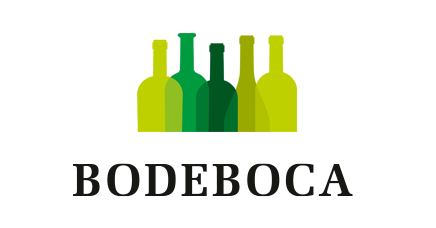
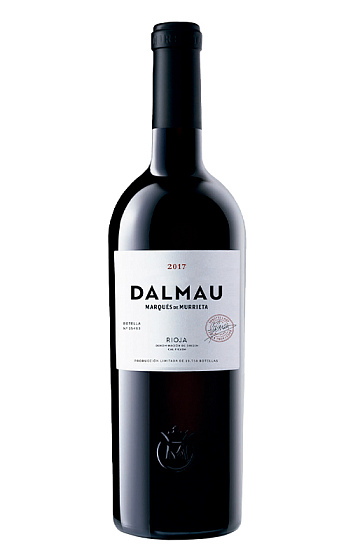

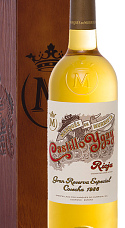
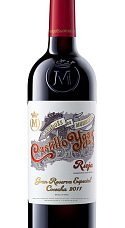
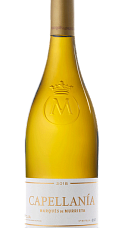
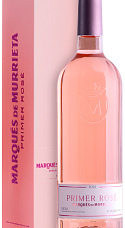


Colheitas: 2019 2017 2016 2014
Este vintage ainda não foi avaliado. Utilize a navegação abaixo para ver avaliações de vintages anteriores.
Vino musculoso, con mucha fruta, con cuerpo, armonioso y elegante
(2011) Redondo, preponderancia de sabores de frutas negras. Muy recomendable darle tiempo para oxigenarse. Gran evolución en copa
Una gozada comprobar como los clásicos se renuevan sin perder sus principios básicos.Hoy 3,75☆.Con el tiempo seguro que más